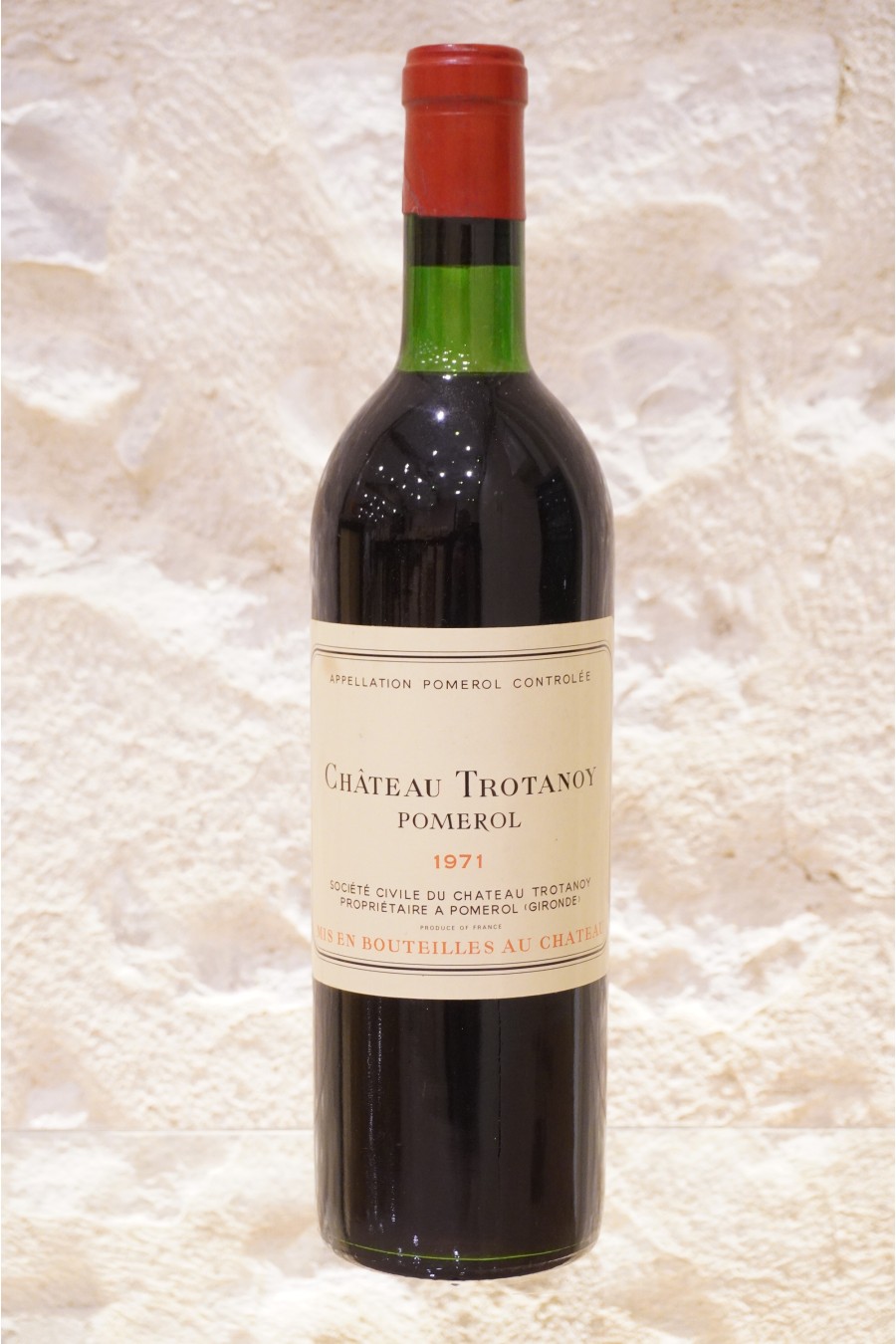- 75CL - Bottle






1200€ HT
The vineyard was created in the middle of the 17th century by the Fontemoing family, merchants in Libourne and owner of several estates, including Château Canon.
The Giraud family succeeded them and at the end of the 17th century the wine was known under the name “Pomerol-Giraud Cru de Trotanoy”. The name Trotanoy comes from a characteristic of its exceptional terroir. The soil is in fact composed of a mixture of clay-gravelly and clayey soils. It was thus given the qualifier "too boring", because, in periods of high heat, the high proportion of clay makes the soil hard as stone, and therefore difficult to work.
In the 19th century the estate covered 25 hectares, but sales, divisions and inheritances halved its surface area at the end of the 1920s. After the war, Trotanoy was sold to the Pecresse family, then, in 1953, to Jean-Pierre Moueix.The estate's vines, with an average age of 25 years, had escaped the frosts of 1956, but many of them had been weakened, and a vast replanting program was implemented in the 1970s (which explains the relative lightness of the wines produced in the 1980s).
Vinified using the same methods as Petrus, the wines are aged for 12 to 18 months in barrels whose percentage of new wood varies depending on the year from 50% to 70%. Unfiltered before bottling, the wines have remarkable richness and intensity.